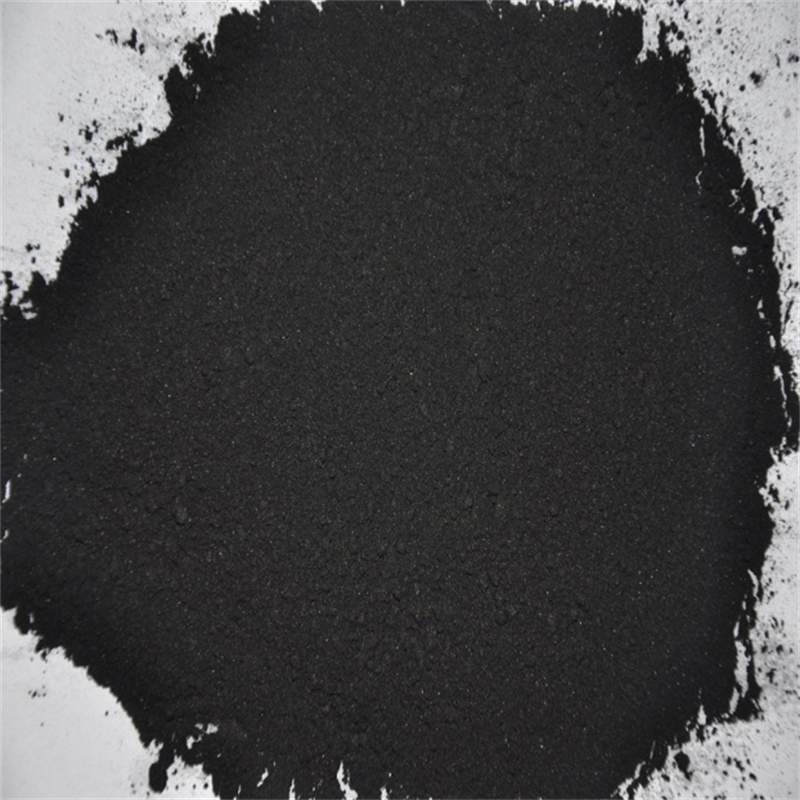What is meant by activated carbon?
Activated carbon is a processed natural material that is high in carbon content. For example, coal, wood or coconut is perfect raw materials for this. The resulting product has a high porosity and can adsorb molecules of pollutants and trap them, thus purifying air, gases and liquids.
What forms can activated carbon be supplied in?
Activated carbon can be manufactured commercially in granular, pelletised and powdered forms. Different sizes are defined for different applications. For example, in air or gas treatment, the restriction to flow is import, and so coarse particles are used to minimise pressure loss. In liquid treatment, where the removal process is slower, then finer particles are used to improve the rate, or kinetics, of the purification process.
How does activated carbon work?
Activated carbon works by a process of adsorption. This is an attraction of a molecule to the carbon’s vast internal surface by weak forces, known as London forces. The molecule is held in place and cannot be removed, unless the process conditions change, for example heating or pressure. This can be useful as an activated carbon can be used to concentrate material on its surface that can be later stripped and recovered. The use of activated carbon for gold recovery is one common example of this.
In some cases, the activated carbon is chemically treated to remove pollutants and in this case the resulting reacted compound is generally not recovered.
Activated carbon surface is also not completely inert, and a variety of catalytic processes can be achieved using and taking advantage of the extended internal surface area available.
What’s the activated carbon on applications?
Activated Carbons have many different uses from filtration to purification and beyond.
In recent years, the intensity and frequency of taste and odor problems in drinking water have increased throughout the world. Beyond the aesthetic problem for the consumer, this also invariably creates uncertainties about the quality and safety of water. The compounds responsible for taste and odor problems can have an anthropogenic (industrial or municipal discharges) or biological origin. In the latter case, they are produced by microscopic organisms such as cyanobacteria.
The two most common compounds are geosmin and 2-methylisoborneol (MIB). Geosmin, which has an earthy smell, is often produced by planktonic cyanobacteria (suspended in water). MIB, which has a musty smell, is most often produced in biofilm developing on rocks, aquatic plants and sediment. These compounds are detected by human olfactory cells at very low concentrations, even in the range of a few parts per trillion (ppt, or ng/l).
Conventional water treatment methods typically cannot remove MIB and geosmin to below their taste and odor thresholds, which leads to the use of activated carbon for this application. A common method of employment is with powdered activated carbon (PAC), which is dosed into the water stream on a seasonal basis to control taste & odor issues.
Post time: Mar-10-2022


